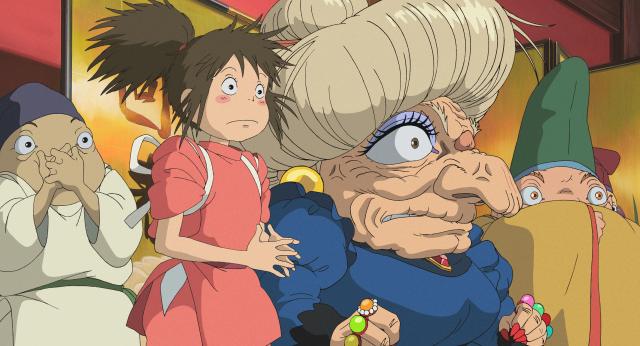
Studio Ghibli film has eerie parallels with the story of a child who mysteriously went missing for seven days.
Since it was released in 2001, Studio Ghibli’s Spirited Away has captivated audiences around the world with its magical storyline, revolving around a 10-year-old girl called Chihiro, who finds herself mysteriously spirited away to an enchanted world.
With its fantasy characters and otherworldly setting, the movie is far removed from reality, but according to a tweet that went viral in Japan recently, there are striking parallels to a real-life tale that suggest it may have been the inspiration for the film.
Twitter user @syurisyeri brought the topic to everyone’s attention with the following tweet (translation follows):
怖い話でこわかったやつ、「子供の頃に村で神隠しがあって仲の良かった子がいなくなった、七日七晩昼夜を問わず村中で捜したけれど出てこなかった、八日目の朝になったら村の誰に聞いても『元々そんな子はおらん、夢でも見たんか?』『うちはずっと四人兄弟だよ、忘れたのか?』って言われたこと
— syurisyeri (@syurisyeri) November 23, 2020
“There’s a scary story someone heard that goes: ‘When I was a child, there was a kamikakushi in the village, where a child I was close to disappeared. Around the clock, for seven days and seven nights, we searched for the child in the village but couldn’t find them. On the morning of the eighth day, no matter who I asked in the village, they all said: “That child never existed, did you see them in a dream?” and “Have you forgotten that there were only ever four children in that family?'”
In Japanese kamikakushi is a poetic word that combines “神”, the kanji character for “god” or “spirit”, and “隠し”, which means “being hidden” or “concealed”. Kamikakushi can therefore be translated as “hidden by the spirits” or “spirited away“, and the film’s Japanese title is actually Sen to Chihiro no Kamikakushi (“Sen and Chichiro’s Spirited Away“).
▼ Chihiro loses her name and becomes known as Sen in the spirit world.
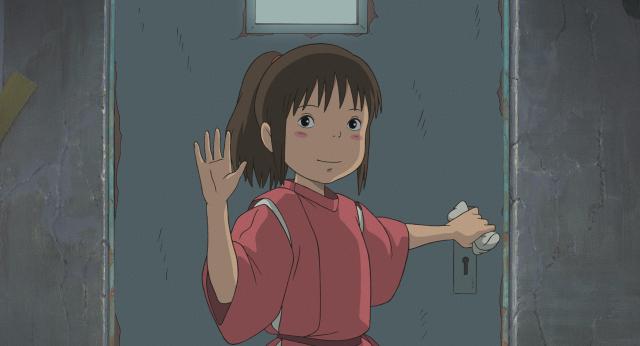
According to @syurisyeri, the person telling the story was understandably shocked and confused by the townsfolk’s adamant denial of the child’s existence.
“‘Then what were you looking for so anxiously up until yesterday?’ I asked while crying. I looked up and said ‘How come?’ “Why have you forgotten?’ “They’ll get mad.’ ‘They’ll get mad.’ ‘What should I do?’ I muttered and ran away, and the whole time after that I pretended to forget about it.”
While the child was forgotten for many years, the mystery deepened after an unexpected event.
“Decades later, there was a funeral for the child’s mother, and when I returned to the village, that child, who should have disappeared, was sitting there. When it came time to go around pouring drinks for people at mealtime [a common courtesy at gatherings like this in Japan], I pretended not to recognise the person and when they asked “Have you forgotten me?’ I played dumb, and said ‘Sorry, who are you?’. The person replied with, ‘Oh, that’s okay.'”
Every year after that, the person mysteriously received an invitation to the mother’s funeral, which they would throw away. The tale ends with:
“This is a story I heard from a person who died nearly 15 years ago.”
While this eerie tale is told as something that actually happened in real life, the lines between reality and urban myth are arguably blurred. However, a number of Japanese commenters confirmed that they’d heard similar tales of kamikakushi occurring in their own hometowns, saying:
“If a child is snatched by spirits, the townsfolk pretend they didn’t exist so they can protect the town from a threat.”
“I heard a similar story where a man kidnaps children and buries them in the mountains and people pretend it never happened.”
A lot of people online were intrigued by @syurisyeri’s account of a child being snatched away by spirits, with many saying they’d never heard it before. Commenters were also quick to draw parallels between the story and Ghibli’s Spirited Away. Aside from the obvious similarity between the kamikakushi of Chihiro and the child in the story, the topic of forgetting people is one that recurs frequently throughout the film.
One instance is clearly evident when Chihiro loses her name and becomes known as Sen in the spirit world, only to be reminded by her friend Haku to never forget her name. Haku says that if she forgets her name like he has forgotten his, she will never be able to leave the spirit world.
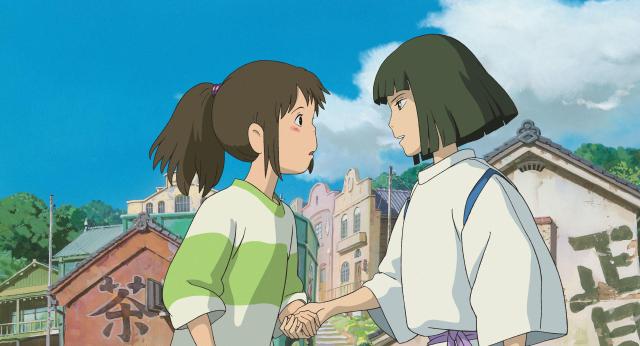
The good witch Zeniba also has some advice about the topic: “Once you’ve met someone you never really forget them. It just takes a while for your memories to return.”
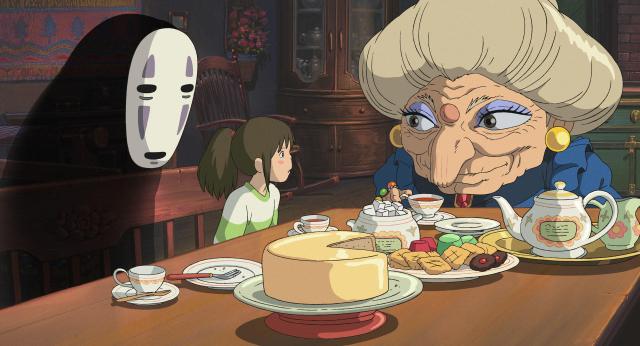
It’s not just Haku and Chihiro who are in danger of being forgotten – Chihiro’s parents are also in danger of disappearing forever when they’re turned into pigs. Thankfully for them, Chihiro shows she is still able to remember who they are when she’s tasked by the witch Yubaba to pick them out correctly from a group. This recall and ability to remember who they are ultimately grants them freedom from the spirit world.
▼ Dad – is that you???

Which brings us back to the point in the tale, where the person at the funeral, who was meant to be the child who had disappeared, asks “Have you forgotten me?” By playing dumb and refusing to answer, the person is forever destined to remain in the spirit world, sending yearly invitations to their friend in the hopes that they’ll be remembered. From this point of view, the lesson that this tale, and the story of Spirited Away is teaching us, is that once forgotten, you cease to exist. Or, in other words — existence hinges on memory.
It’s a tantalising discovery, which one reader summed up perfectly with the following statement:
“Is this what Spirited Away is based on? I’ve got goosebumps!”
The legendary director of Spirited Away, Hayao Miyazaki, has openly revealed that the movie was inspired by Japanese myths that were once well-known by members of his generation and now forgotten by the younger generation. If existence hinges on memory, then Spirited Away is certainly doing a good job of keeping Japanese culture alive by ensuring its old stories are never forgotten.
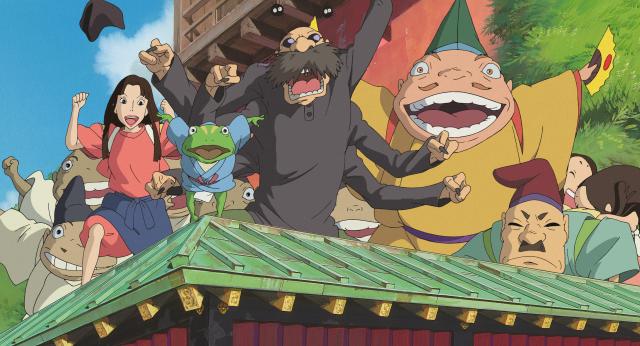
While we’re yet to know whether this particular account of kamikakushi really was part of the tapestry that inspired Miyazaki in the making of Sen to Chihiro no Kamikakushi, the parallels between the two stories are striking. Perhaps one day the director will share his thoughts on the topic of kamikakushi, but he’ll likely be tight-lipped on the matter if he’s ambushed with questions while picking up trash outside his home.
Source: Twitter/@syurisyeri via Hachima Kikou
Images: Studio Ghibli
● Want to hear about SoraNews24’s latest articles as soon as they’re published? Follow us on Facebook and Twitter!

No hay comentarios:
Publicar un comentario